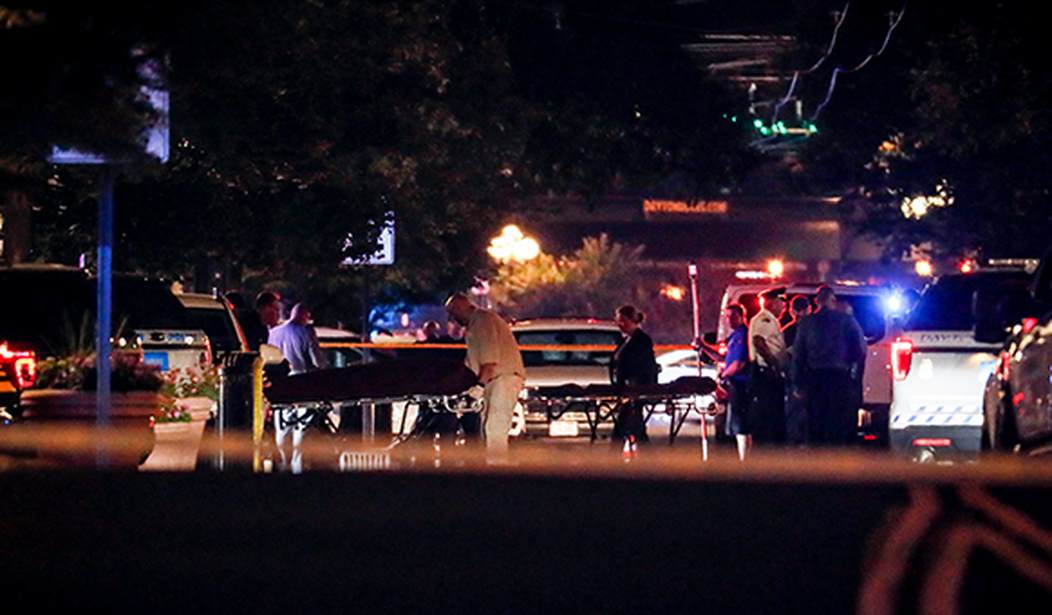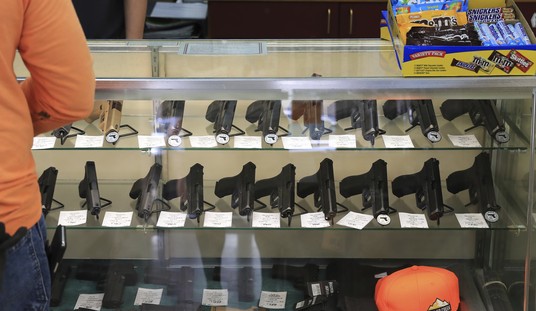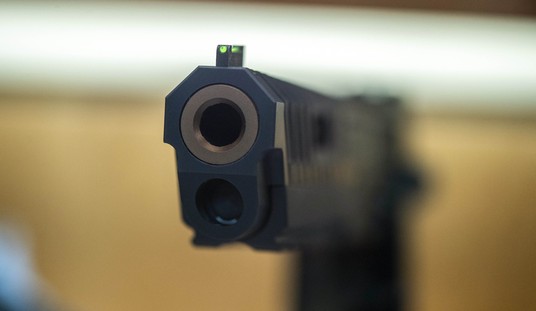When you hear the phrase “mass shooting,” what do you think of? Obviously, you think of a lot of people getting shot, to be sure. However, if you’re like most people, you picture a significant number of people dead. After all, the mass shootings that stick in our heads–Parkland, Virginia Tech, Pulse Orlando, Las Vegas–all had a fairly high body count.
Generally, a mass shooting is considered an incident where three or more people are killed in a single event outside of the home.
However, in this day and age, everything where more than a couple of people are shot is a mass shooting.
As the nation marked the fifth anniversary of the Pulse nightclub massacre in Orlando on Saturday, it has a staggering and grim new statistic to contend with for 2021.
So far this year, we have suffered 272 mass shootings, according to Gun Violence Archive. From Friday afternoon to Sunday, at least 10 people were killed and another 50 were injured in nine mass shootings in six states, according to data compiled by CNN and the Gun Violence Archive.
An 18-month-old and 4-year-old were among the youngest victims, authorities said.
The total number of mass shootings is about 40% higher than at this point in 2020, and about 65% higher than at this point in 2019, according to data from the Gun Violence Archive. There were an estimated 194 mass shootings in the US during this same period in 2020, and an estimated 164 mass shootings in the US in this same period in 2019.
The problem with this claim, though, is that the vast majority of these aren’t really mass shootings. Yes, a lot of people got shot, and I don’t mean to diminish the horrors of that, but they don’t meet the definition of what most people would consider a mass shooting.
Many of these are gang shootings that, unfortunately, impact a lot of innocent bystanders. Others are shootouts between rival criminal factions in which no innocent people were shot.
And it’s a distinction that matters.
See, the problem is that you approach mass shootings and other criminal activity differently. They have different causes, different triggers, and they need to be addressed in different ways.
Mass shooters tend to be violent earlier in their lives, but they rarely have any criminal history to bar them from getting a gun. They often plan out their shootings and they look for crowded venues, preferably gun-free zones where the odds of an armed citizen is all but eliminated.
One way you address mass shootings is by reporting the suspicious activity that takes place before a shooting happens, such as during the planning phase.
On the other hand, criminals who just happen to injure a lot of people are a different matter. They shoot up crowded venues simply because that’s where they see their target. They’re often involved with gang activity or some other criminal venture.
It’s best to address these kinds of things with the various programs that have been shown to work for violent criminals as a whole, thus preventing them from happening in the first place. Programs that pull them from the criminal path and onto the straight and narrow will actually stop these kinds of shootings from happening.
Yet that won’t work for most mass shooters because they won’t pop up on anyone’s radar.
When CNN and the Gun Violence Archive equate the shootings, the problem here is that they’re muddying the waters and confusing people. Rather than pursue a set of strategies for one, people clamor for the other. People think a couple of gang bangers shooting at each other in a nightclub is just the same as a maniac standing in a hotel window firing down into a music festival.
Neither are good or acceptable, but it’s important we understand exactly what we’re dealing with if we’re going to address it. Otherwise, we’re just spinning our wheels.
Of course, one thing that will address each quite well is armed citizens being there and ready to deal with whatever threats show themselves. Somehow, though, I don’t think that’s what CNN is hoping for.








Join the conversation as a VIP Member